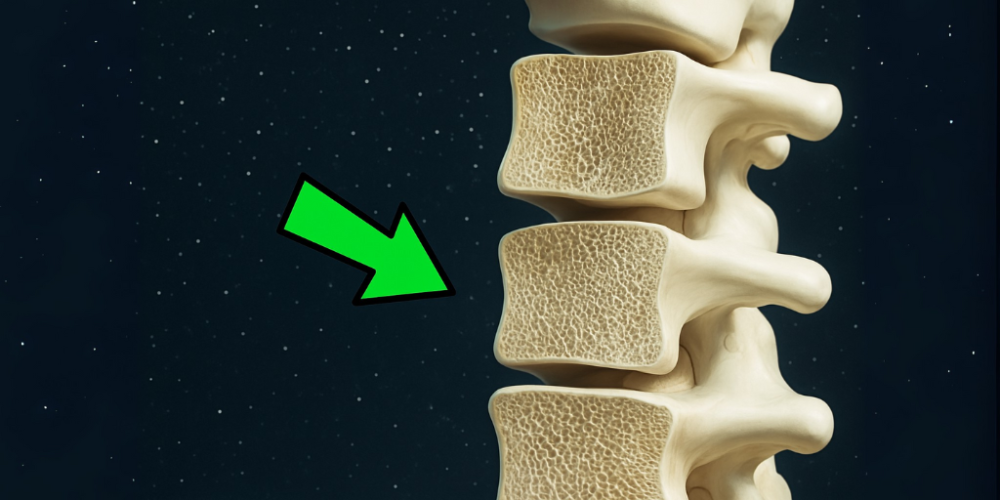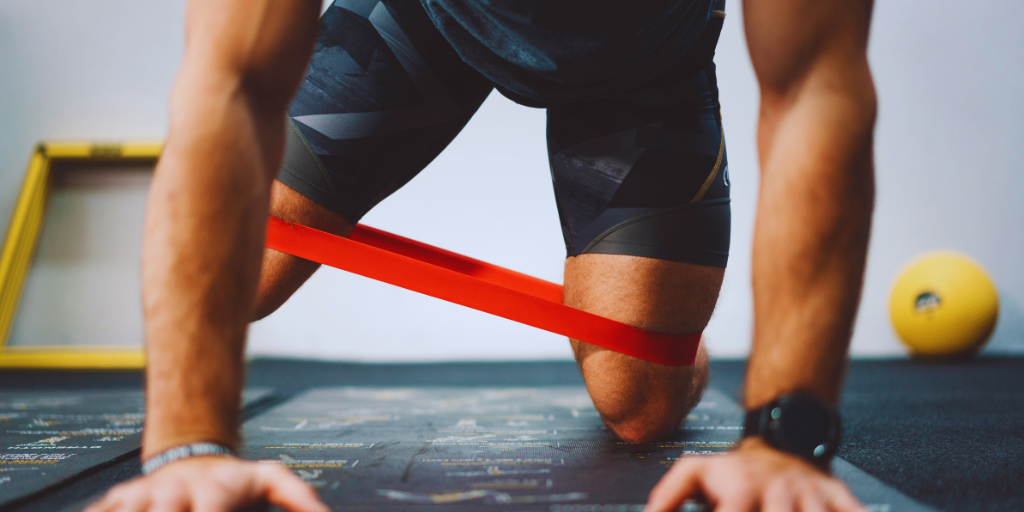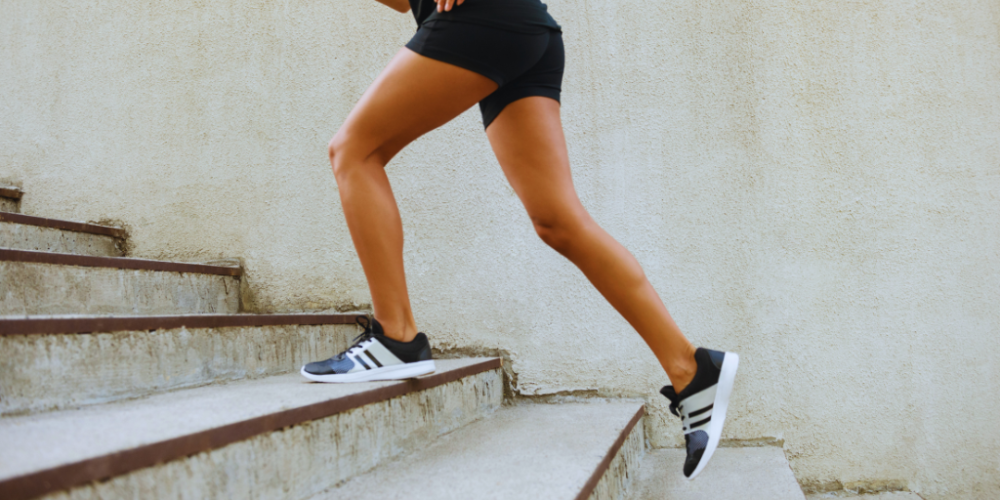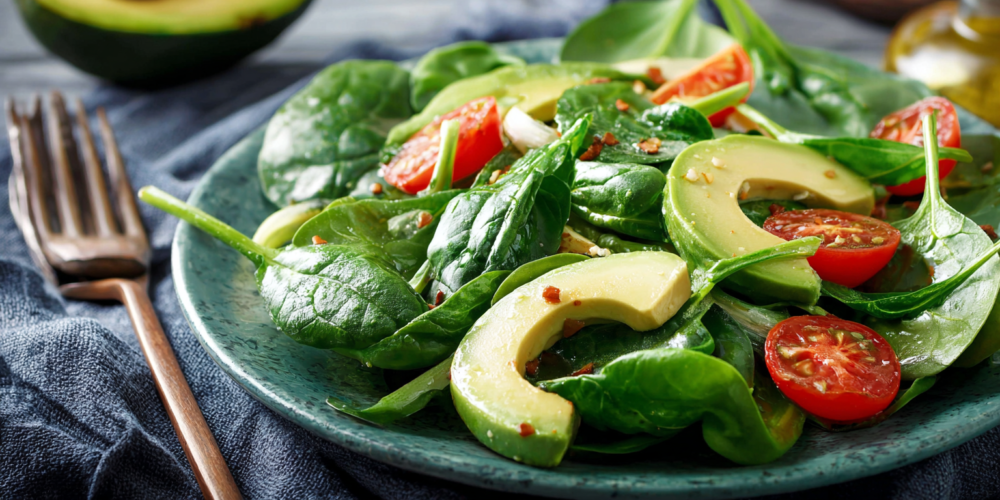
Have you ever stopped to think about what’s holding you up all day? I mean really think about it. Your bones are your body’s silent, tireless framework. But as we age, that framework can start to weaken, often without any warning signs, in a process called osteoporosis. You might not know you have it until you experience a sudden, unexpected fracture from a minor bump or fall. These “fragility fractures,” especially in the hip, spine, or wrist, are becoming alarmingly common. The good news? You are not helpless in this fight. You have the power to stop bone loss in its tracks and even rebuild what’s been lost. The secret isn’t in a magic pill, but in specific, powerful exercises that tell your bones to get stronger.
In this article, we’re going to dive deep into the science-backed exercise strategies that are proven to increase bone mineral density. Forget everything you thought you knew about being “too old” or “too fragile” to exercise. We’ll explore why some common exercises, like walking, aren’t enough on their own, and reveal the types of training that deliver real, measurable results. You’ll learn exactly what to do, how to do it safely, and why it works. Your journey to stronger, more resilient bones starts right now. (Based on the expertise of orthopedic surgeons, Dr. Paul Zalzal and Dr. Brad Weening)
Key Takeaways
- Bone loss is not an inevitable part of aging. With the right stimulus, you can slow, stop, and even reverse bone loss.
- Your bones need to be “loaded” to grow. The two most effective types of exercise for this are heavy resistance training and weight-bearing impact exercises.
- Walking is great for your health, but it’s not enough to build bone density. Your body adapts, and you need to progressively challenge it to see continued improvement.
- Lifting heavy weights is scientifically proven to be safe and highly effective for older adults with osteoporosis. A landmark study showed significant bone density gains with a supervised program.
- Proper nutrition is the essential partner to exercise. You need to supply your body with the right building blocks, like calcium, vitamin D, and protein, for the exercises to work.
1. Understand the “Why”: How Your Bones Respond to Stress

Before we jump into the specific exercises, you need to understand a fundamental principle of your body’s biology known as Wolff’s Law. In the 19th century, a German surgeon named Julius Wolff discovered that bone adapts to the loads under which it is placed. In simple terms: if you load a bone, it will remodel itself over time to become stronger and denser to resist that load. If you don’t load it, your body, being incredibly efficient, will start to break it down to conserve resources.
Think about astronauts in space. In a zero-gravity environment, their bones are not loaded at all. They aren’t even carrying their own body weight. The result? They lose bone mineral density at an alarming rate, far faster than any aging process on Earth. This is Wolff’s Law in action. Your bones are living, dynamic tissue. They are constantly in a state of remodeling, with specialized cells building new bone (osteoblasts) and other cells clearing away old bone (osteoclasts). The right kind of exercise sends a powerful signal to your osteoblasts to get to work and build more bone than is being taken away. This is the core concept behind every effective bone-building program.
2. The Two Golden Rules of Bone-Building: Resistance and Weight-Bearing

So, how do you “load” your bones effectively? The research points to two main categories of exercise that create the necessary stress to trigger new bone growth: resistance training and weight-bearing exercises.
Resistance training is anything that involves your muscles contracting against an external force. This is most commonly associated with lifting weights (dumbbells, barbells, kettlebells, or machines). When your muscles pull on your bones to move a weight, they exert a powerful tensile and compressive force. This pulling action directly stimulates the bone at the point where the tendon attaches, signaling it to fortify itself. It’s a direct message: “We need to be stronger to handle this work!”
Weight-bearing exercises are activities where you are supporting your own body weight against gravity. This includes everything from standing and walking to more dynamic, high-impact activities like jumping, skipping, or running. The impact of your feet hitting the ground sends a force up through your skeleton, particularly loading the bones in your legs, hips, and lower spine. While all weight-bearing exercise is beneficial, research shows that higher-impact activities provide a stronger bone-building signal.
3. The LIFTMOR Secret: Why Lifting Heavy Is Your Best Bet

For years, the conventional wisdom was that older adults, especially those with osteoporosis, should avoid heavy lifting for fear of fracture. A groundbreaking randomized controlled trial out of Australia, called the LIFTMOR trial, completely shattered this myth. The researchers took a group of over 100 women, all over the age of 65 with low bone mass, and put them on a specific exercise program.
One group (the control group) did low-intensity, home-based exercises. The other group engaged in high-intensity resistance and impact training, twice a week for 30-minute sessions, all under the supervision of a professional. They performed exercises you might associate with serious athletes: deadlifts, overhead presses, and squats. The key was that they were lifting heavy—around 80-85% of their one-rep maximum. They also performed a high-impact loading exercise, which involved jumping up and grabbing a chin-up bar and dropping down to land firmly on their feet.
The results after just eight months were nothing short of astounding. The heavy-lifting group saw their lumbar spine (lower back) bone density increase by a massive 2.9%, while the control group actually lost 1.2%. That’s a 4.1% difference! In the hip, another critical area for fractures, the lifting group saw a 0.3% increase, while the control group lost 1.9%. Furthermore, the lifters got stronger, improved their balance, and reduced their risk of falls. And the most important part? There were zero serious injuries. This study proved that with proper form and supervision, lifting heavy is not only safe for people with osteoporosis, but it is one of the most powerful tools we have to reverse it.
4. Rethinking Your Daily Walk: Why It’s Not Enough

Now, I want to be very clear: walking is a fantastic exercise. It’s great for your cardiovascular health, your mood, and your mobility. You should absolutely keep walking. However, if your primary goal is to increase your bone mineral density, walking alone is likely not enough.
Remember Wolff’s Law? Your bones adapt to the loads placed upon them. When you first start a walking program, your body will respond. But very quickly, it gets used to the load of your daily walk. It becomes the new normal, and the bone-building signal plateaus. Your body no longer sees it as a challenge that requires it to build new bone. The study participants in the LIFTMOR control group were doing gentle exercise, and they still lost bone density over the eight months.
To continue making gains, you need to apply the principle of progressive overload. This means you must continually challenge your body by making the exercise harder over time. With walking, you can do this by adding a weighted vest, which increases the load on your skeleton with every step. You can also incorporate periods of jogging, skipping, or even just walking up and down hills to vary the intensity and impact. The key is to prevent your body from getting too comfortable and to keep sending that crucial signal: “It’s time to get stronger!”
5. Don’t Forget Your Fuel: The Diet-Exercise Connection

Think of your exercise program as placing an order for stronger bones. Your diet is what provides the raw materials to fill that order. You can do all the right exercises, but if you don’t give your body the building blocks it needs, you won’t see the results you’re looking for. Four nutrients are absolutely critical for bone health.
- Calcium: This is the primary mineral that makes up your bone structure. You need a steady supply from sources like dairy products, leafy greens (kale, broccoli), fortified foods, and sardines.
- Vitamin D: This vitamin is essential for your body to be able to absorb the calcium you eat. Without enough Vitamin D, the calcium passes right through you. Your body produces it from sun exposure, but many people, especially in northern climates, need to supplement.
- Magnesium: This mineral plays a supporting role, helping to convert Vitamin D into its active form and ensuring calcium is deposited into the bones rather than soft tissues.
- Protein: Your bone is not just a collection of minerals; about 50% of its volume is a protein matrix that gives it flexibility and resilience. A diet adequate in protein is essential for building this framework.
Conclusion
Building stronger bones and fighting back against osteoporosis is not a passive process; it requires active participation. But the power to change your future is truly in your hands. By embracing the principles of resistance and impact, you can send a direct message to your skeleton to rebuild and reinforce itself. Remember the lessons from the LIFTMOR trial: you are stronger and more capable than you think. It is never too late to start. Find a qualified trainer, learn the proper form for key exercises like squats and deadlifts, start with a weight that is challenging but manageable, and focus on getting progressively stronger. Pair this effort with a diet rich in bone-supporting nutrients, and you will be well on your way to building a stronger, more resilient, and unbreakable you. You are in charge of your own health.
Source: Dr. Paul Zalzal and Dr. Brad Weening

